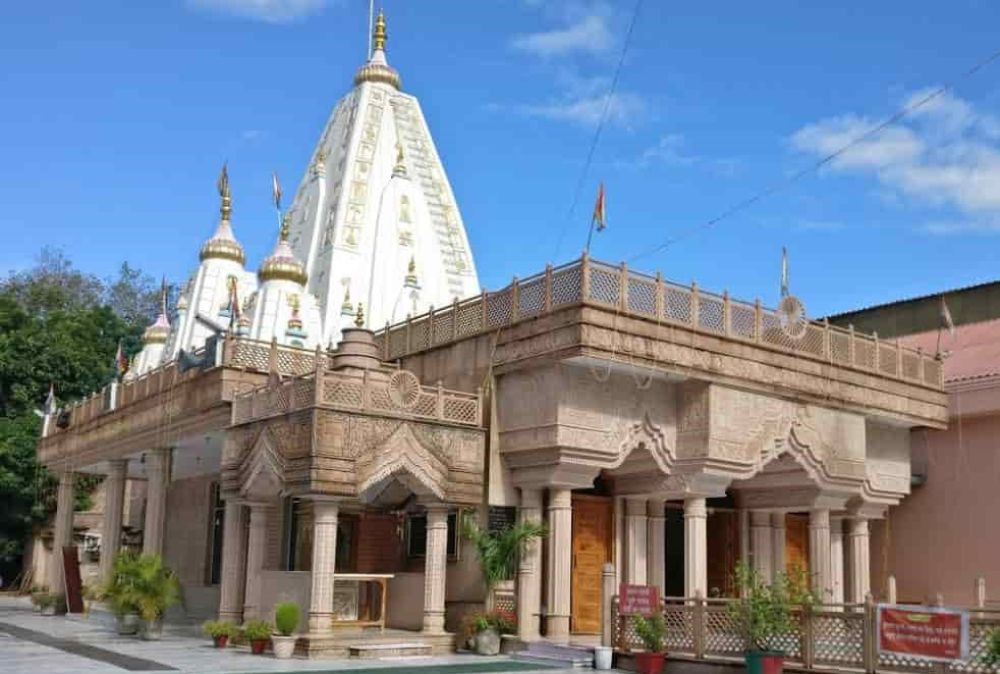

Chanderi, a town in Madhya Pradesh steeped in history and known for its ancient forts, exquisite sarees, and labyrinthine ruins, is home to the serene Chandraprabha Temple. This temple forms a quintessential aspect of Chanderi's diverse religious landscape and attracts tourists not just for its religious significance but also for its historical architecture.
The Chandraprabha Temple dates back several centuries and is dedicated to Chandraprabha, the eighth Tirthankara in Jainism. The temple stands as a testament to the rich Jain cultural heritage embedded within the heart of Chanderi. Its historical roots have drawn pilgrims and history enthusiasts alike, offering insight into the spiritual narratives that have shaped the region.
Over the years, the temple has witnessed various periods of renovation and restoration. Despite these changes, it has managed to retain its ancient charm and continues to be a beacon of tranquility and spirituality.
The architecture of the Chandraprabha Temple is a blend of traditional Jain motifs and local craftsmanship. The temple is adorned with a range of sculptures and carvings that represent various episodes from Jain mythology. Visitors can explore the exquisitely carved pillars, ornate ceilings, and intricate frescoes that each tell a story of their own.
Although Chanderi had been well-known for its historical forts and fabric, the exploration and promotion of its religious sites like the Chandraprabha Temple for tourism purposes have gained momentum in the past few decades. The government and local community have recognized the potential of these sites to attract a niche set of travelers interested in religious history and architectural beauty.
Tourism initiatives have encouraged responsible visitation to maintain the sanctity of the temple while allowing tourists to delve into the heritage of Chanderi. Special guided tours and informative plaques have been introduced to educate visitors on the temple's history and significance.
In recent years, the trend in tourism has shifted towards experiential and sustainable travel. Visitors to Chanderi and the Chandraprabha Temple are looking for authentic experiences that allow for interactive learning about the culture and history of the area. There is also an increased emphasis on conserving the region’s historical sites, which includes preserving the temples and supporting the local communities.
Eco-friendly accommodations and local artisanal experiences complement the visit to the Chandraprabha Temple, enabling tourists to contribute positively to the region's sustainability goals. As the trends evolve, the aim is to balance the preservation of Chanderi's historical and cultural essence with the growing needs of modern tourism.
The Chandraprabha Temple is open to visitors throughout the year and is particularly beautiful during the early hours of the morning and at sunset. While there is no entry fee, the sanctity of the site must be upheld through appropriate behavior and dress code.
Exploring the Chandraprabha Temple offers a peaceful escape into the past and provides a unique window into the spiritual heritage of Chanderi. For those looking to immerse themselves in history and religion, a visit to this tranquil site is a must.